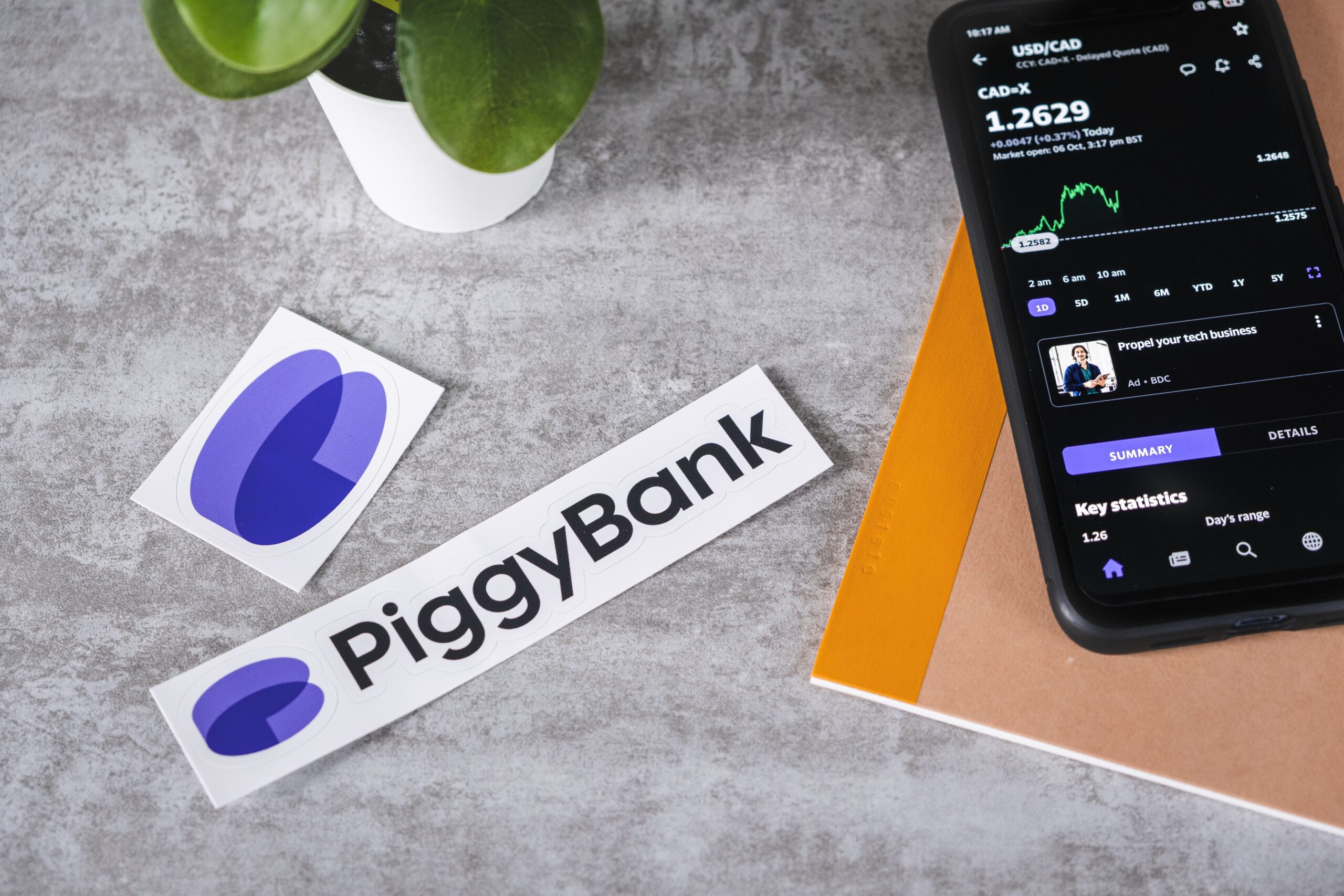Risks in Digital Banking

Digital banking has made banking services easier. Customers can now make balance inquiries and other stuff at their convenience. It provides a wide range of benefits to businesses, individuals, and banks. With all its benefits also come risks, some of the risks of digital banking are:
Operational Risk
Operational risk is a very common one in online banking. This risk includes human errors like negligence from employees or customers. Technology errors such as unauthorized disruption of a bank’s system.
Reputational Risk
It is very essential that a business protect its reputation. If a bank functions below the customer’s expectations, then its reputation is at stake and it is a big risk.
Reputational risk can make the bank lose customers or funding. Information about any ugly incident spreads very fast across the internet.
Money Laundering Risk
Digital banking exposes banks to the risk of money laundering. The transactions made through online banking are done at distances. This makes using traditional ways to prevent criminal activities hard for banks. So, there is a risk of money laundering in online banking.
Security Risk
The security of transactions in online banking is of utmost importance. The customers’ details and transactions must be confidential. These details and information are online and can fall into wrong hands.
Strategic Risk
Strategic risks are issues that pertain to business plan development, technology level, and vendor’s credibility in outsourced activities.
Credit Risk
Banks can face credit risk when loans are given through online banking especially if proper care is not taken to keep track of loans. When a customer from another country applies for a loan, appraising the application may be difficult. This increases credit risk.
These risks can come up as a result of errors in design, unauthorized system disruption, employee negligence, and faults in the design. Banks are to get the necessary technology to have enough access and control for the safety of the customers and their transactions.
Banks are advised to put measures in place to ensure that customers’ data remain confidential and safe. They should also have anti-money laundering (ALM) technology to reduce the risk of money laundering.
Final Thoughts
Digital banking has lots of benefits both for the banks and for the customer. It gives banks an advantage over their competitors, saves costs that would have been required to run traditional banking services, and adds to their market share while it provides customers with easier, speedy, and reliable services.
However, the risks involved in this online banking still make some customers not fully embrace it. But these risks can be mitigated if the banks work on their technology.




